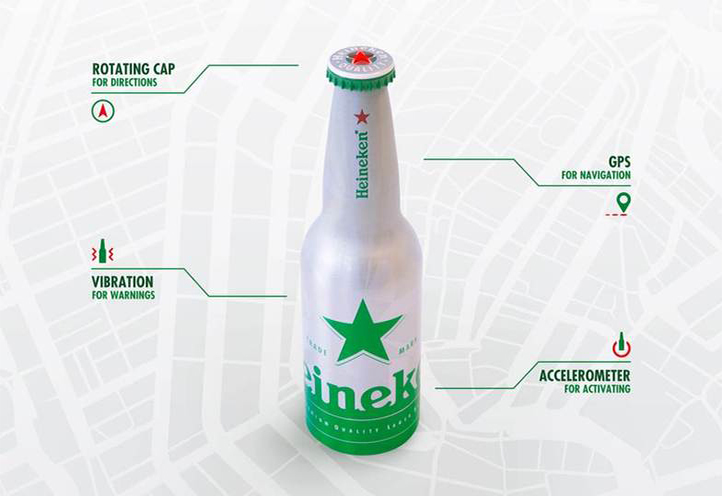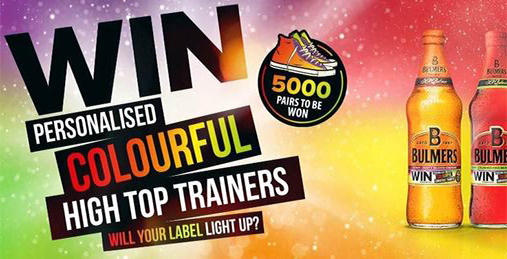Next, we present 10 innovations driving the global business and communications landscape, as identified by the Vizeum Innovation Team.

Heineken's GPS-enabled techy beer bottles. Installed throughout Amsterdam, they guided passersby toward the company's beer museum.
Supermarket shelves are cluttered with a jumble of items, and online shopping is becoming increasingly complex. Amidst this, the importance of product packaging as the "most valuable advertising medium" capable of capturing consumer attention has never been greater.
Product packaging is increasingly becoming the core of integrated campaigns, serving diverse purposes from consumer engagement to boosting sales. While campaigns like Coca-Cola, Nutella, and Oreo's personalized label initiatives are still fresh in memory, more advanced attempts are emerging to leverage technology and connect online and offline in novel ways.
In New Zealand, Kellogg's Nutri-Grain cereal launched limited-edition packaging that allows consumers to assemble a Google VR (virtual reality) headset. This enables them to enjoy thrilling virtual skateboarding and other activities while eating breakfast. Irish cider brand Bulmers produced a limited number of "Lucky Bottles" whose labels reflect and glow when exposed to a smartphone or camera flash. Finding one triggers a system where sharing an image on social media earns the consumer a prize.

After assembling the headset using tape and scissors, download the dedicated app and set up your smartphone.

Make Bulmers the one to "shine a light on" among the many cider products
What will 2016 bring?
Amid the IoT trend, as technology becomes smaller, lighter, and cheaper, packaging is predicted to increasingly connect to the internet. The battle to capture consumers standing "one meter away from the product" will intensify by transforming ordinary product experiences into "smart" experiences. Furthermore, as creativity in packaging grows, the boundary between the real and digital worlds will likely become blurred.






